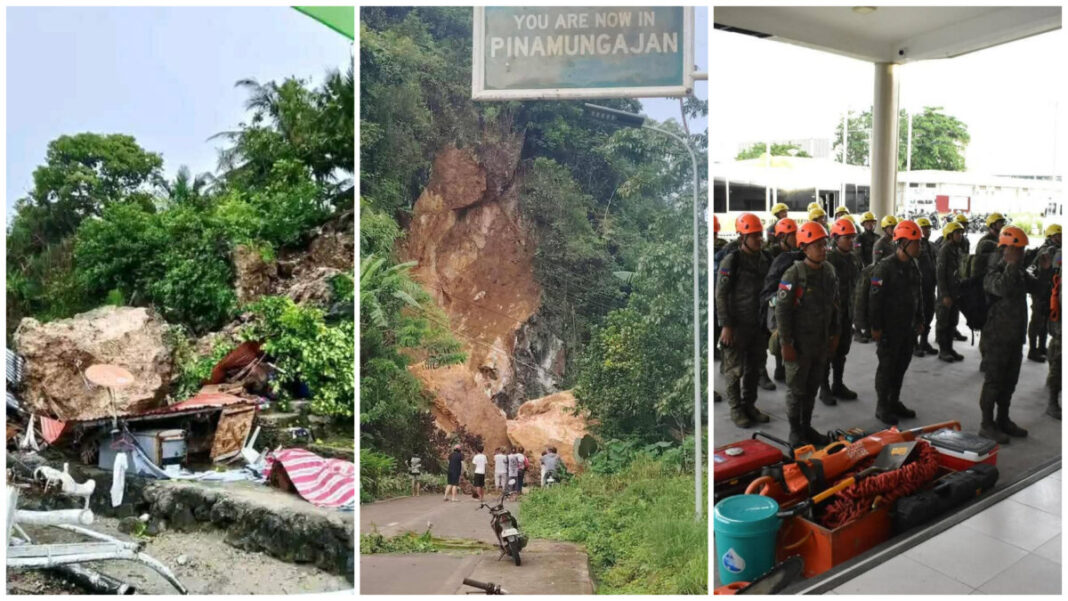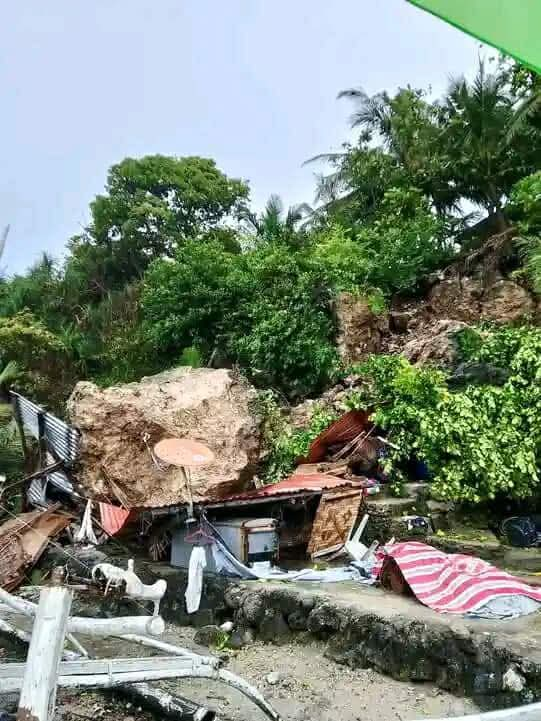
Long after an earthquake ends, the ground can remain unstable. Landslides often occur days or weeks later, as fractured soil and loosened rocks begin to shift. Areas near slopes and hillsides become particularly dangerous once rainfall or aftershocks set in.
These secondary disasters are frequently underestimated. Residents may think the danger has passed when, in reality, the most unstable moments occur after the tremor. Continuous ground movement, vibrations, and erosion all contribute to the risk of delayed landslides.
Cebu’s Fragile Terrain
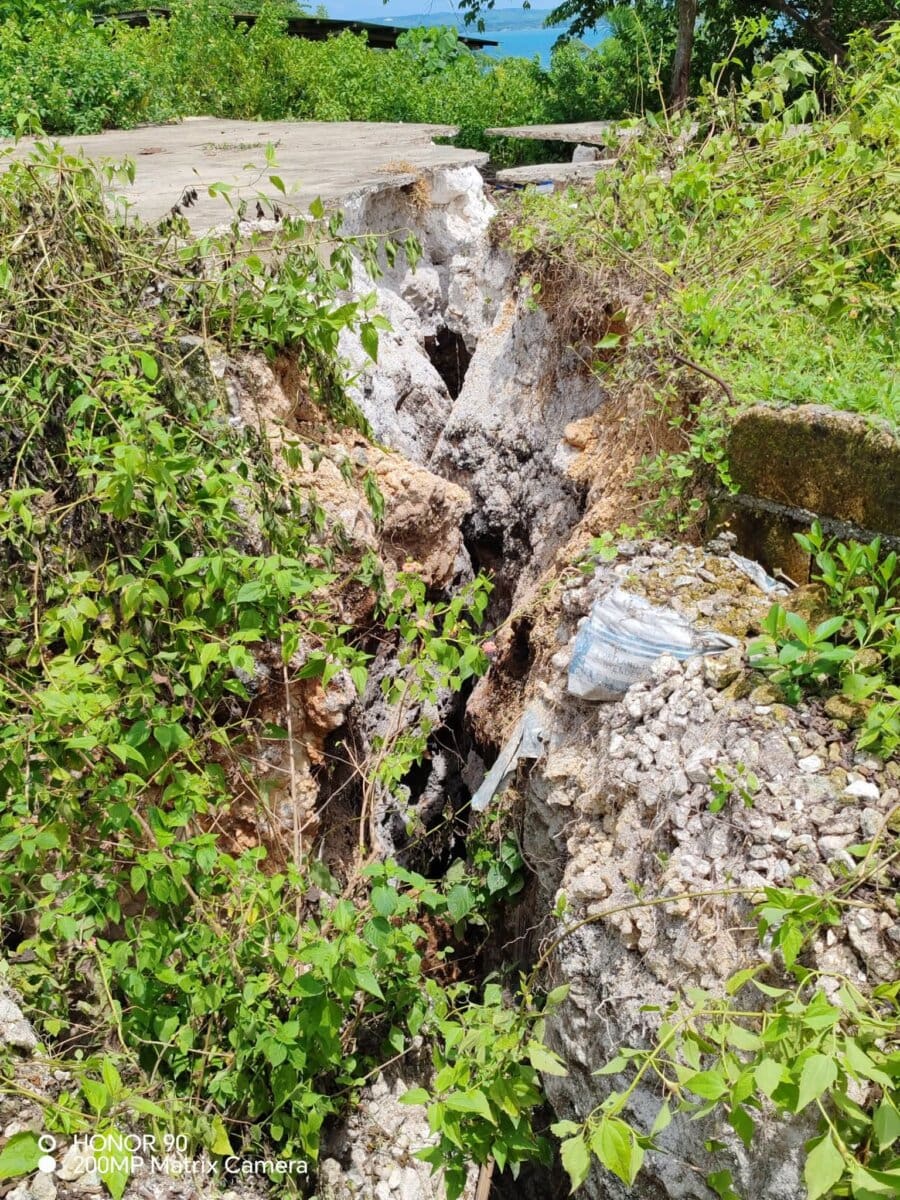
Cebu is not volcanic, but it lies near local fault systems that make it susceptible to seismic activity. The combination of mountainous terrain, unregulated construction, and frequent rainfall creates a dangerous mix. Once an earthquake disturbs these natural slopes, it can take only a small trigger, such as rain or vibration, for the ground to give way.
This geological setup makes northern Cebu especially prone to landslides, particularly in communities that sit along steep or forested areas with loose soil composition.
A Chain of Disasters
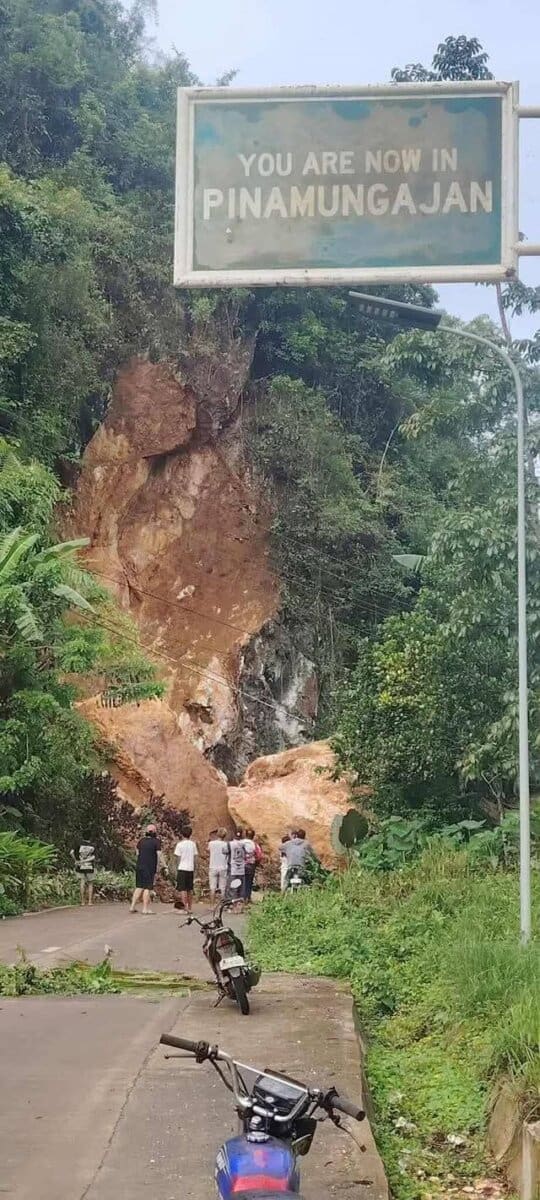
The quake struck only days after a powerful storm battered the Visayas region, leaving the ground heavily saturated. The combination of soaked soil and seismic movement made conditions ideal for slope failure. This chain reaction of disasters highlights how natural hazards can amplify one another, turning a single event into a prolonged crisis.
With extreme weather events becoming more frequent due to climate change, the threat of combined disasters, earthquake-induced landslides following storms, should no longer be seen as rare or isolated.
The Urgent Need for Preparedness
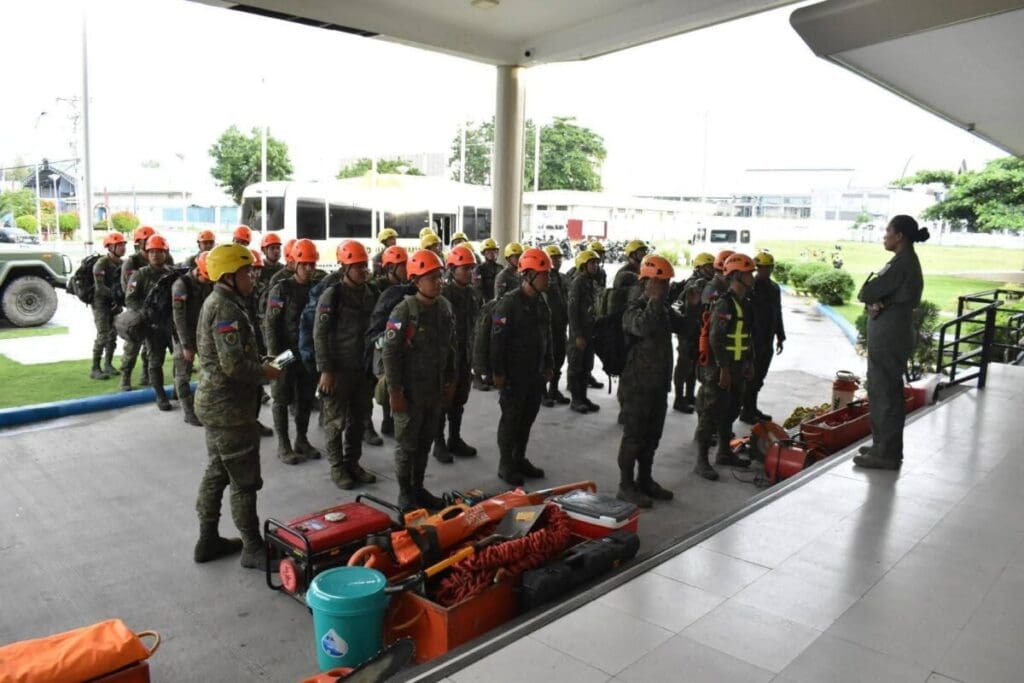
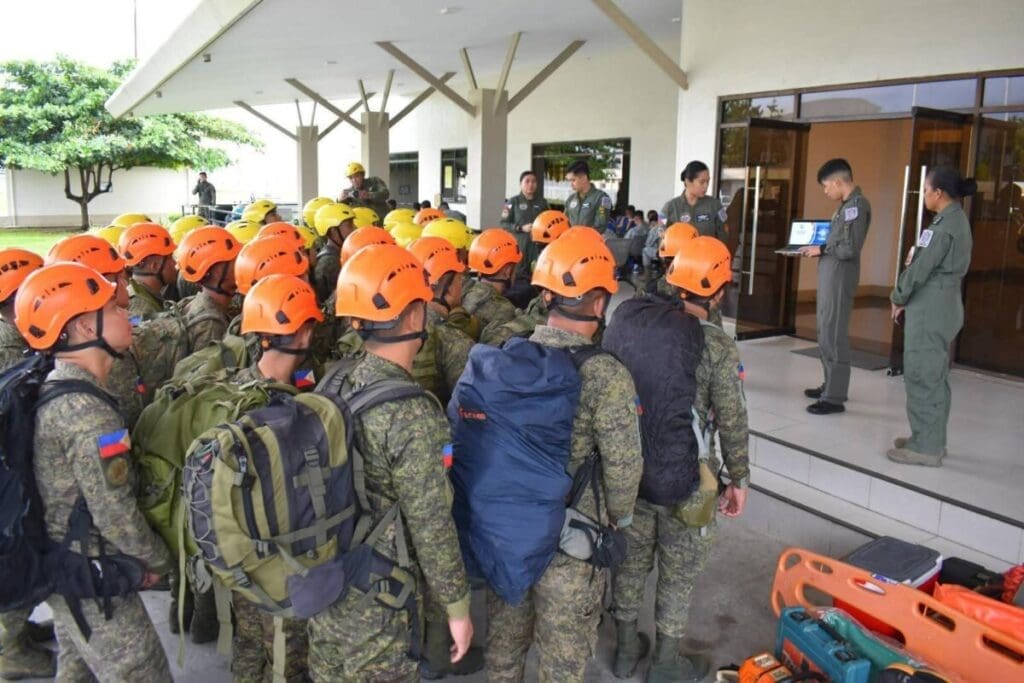
The twin disasters serve as a reminder that disaster readiness must extend beyond the earthquake itself. Authorities and residents alike are urged to invest in prevention and awareness rather than reaction. Local governments must strengthen geohazard mapping, slope stabilization, and land-use regulation in vulnerable areas.
Communities are encouraged to create evacuation plans, maintain emergency kits, and monitor official advisories for aftershock and landslide warnings. Preparedness must become a continuous effort, not an occasional campaign after a tragedy.
Cebu’s recent experiences show that earthquakes bring a second wave of threats, silent, delayed, and equally deadly. As the province rebuilds, it must do so with vigilance, planning, and the understanding that the real challenge often comes after the tremor.

